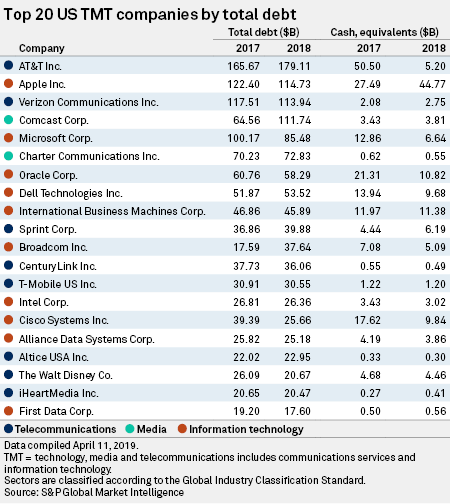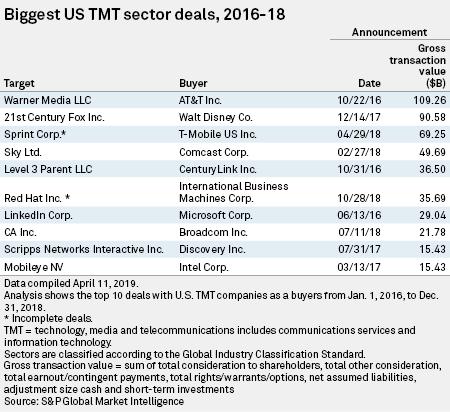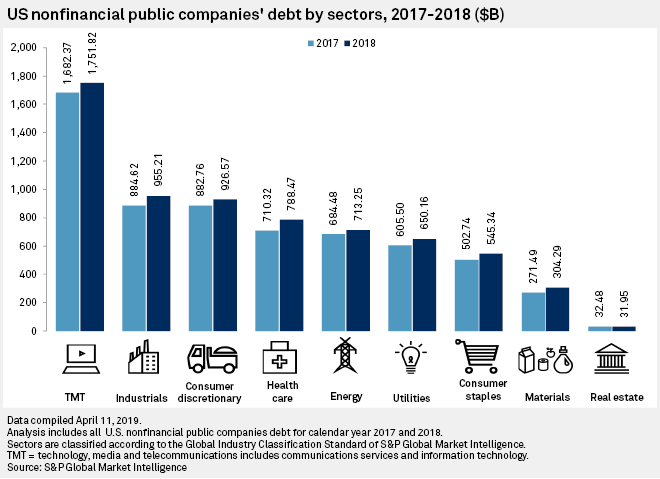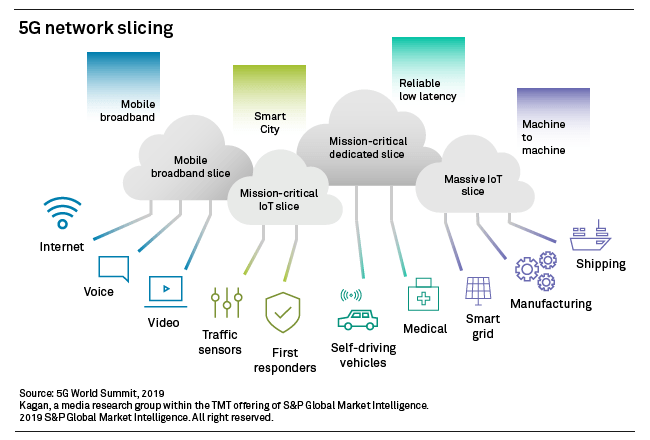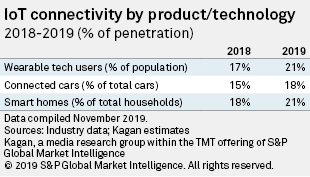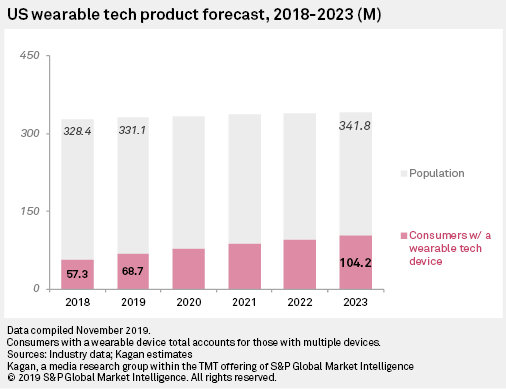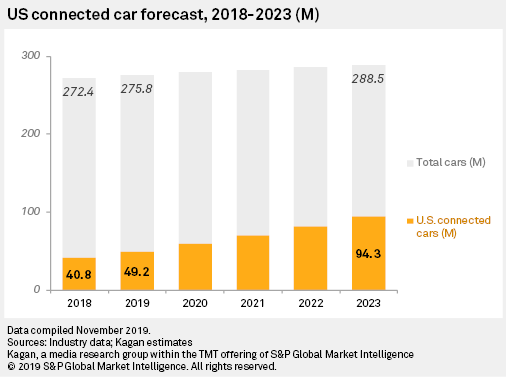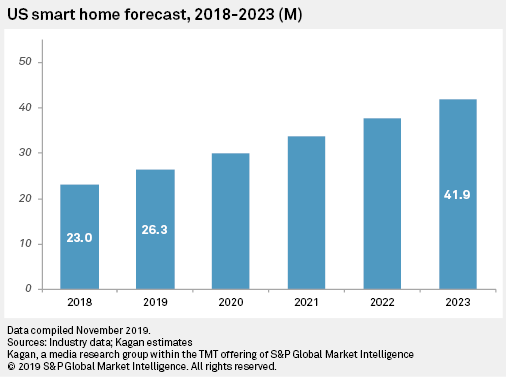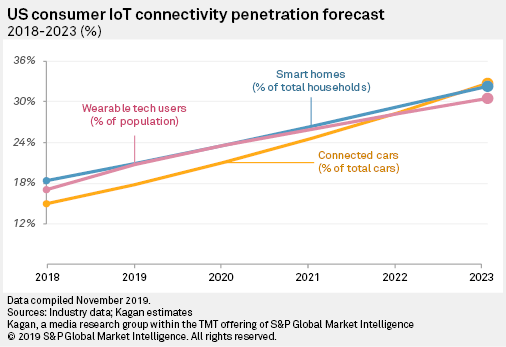2022-3 welcomes you to 15th annual players cards of world record jobs - how to play game version of WRJ which is also a resource for humans to help each other take on 2020s greatest challenges
Health we continue to value alumni of Brilliant, Nightingale (doubly so given Ukraine situation) , jim kim without whom the signature transformation of Guterres 2017-2026 of UN2 that proacts engineering/entrepreneur/education smart probably would no
Lets leap into better 2020s start with WorldClassEngineer award of 2022 to Hong Kong, My dad coined term EntrepreneurialRevolution in The Economist 1969. Whilst we have always thought there would be few problems in the world if every 1/1000 of humans were as multi-win traders as Hong Kong, whats leapt up in Hong Kong is more co-creativity on making sure web3 serves communities in ways no previeious web 2, 1 or tele media (arguably only attenborough concerns got 50 years of consisnecy given how mass tv ads controlled peopels
-what alumni networks could live up to this being the last best chnace decade to remap sustainability of youth world affairs- as media statisticians web3/metaverse offers huge opportunity to design reslutions to what went wrong with web1,2 ; as well as with mass tv ( was attenborough only world class field expert to consistently tell his stories over half a century in spite of western media vested interests) and since 1865 preceeding tele-industries ; moreover web3 has a radiacl fintech foundation with concept of Satoshi 2008 intended to be a decentralised solution to serial abuse of communities by subprime banking
next after the 17 sdgs were announced as a new PR platform in 2015 if was a group around Jim Kim who said lets make these real for both education and tech wizards: although from birth in 1945 UN HQ was twinned with Geneva's tech trade and health genii this Digital Cooperation as a total transfomation of education stimulated what UN leader since 2017 Antonio Guterres now asks every engineer and practice disciplines to linkin round 9 playing pieces og UN2 roadmapping shown here- Will the best og HongKong, Geneva, UNhq:NY) cooperate in platforms designed to celebrate youth;s energies - we probably won't know until this first school year competition has played out www.sdgmetaverseprize.org. more AS well as gne eva's tech networks, LA tennagers piloted this, 19 Xpeize competition (see Wrj Diamandis & Shingles0 alumni may be accessible the most recent of which Musk contributed the biggest prize in history. Please note year 1 is not about big prizes but streaming 17 greatest youthful stoytellers goal by goal so that web 3 starts with the most hopeful culture and cooperations of intel
in parallel we go to www.economishongkong.com to see extroardinary metaverse designs by and for peoples and communities with their own investment funds; and sdgmetaverseprize.org shows that LA teenagers together with Xprize friends andb a bit of Musk are making www.sdgmetaverseprize.org the first yera round schhols competion to unite apprentices of the sdgs and new media and new community grounded economics including adaptaion climte needs
t
Back in 1951 V Neumann and the Goast of maths eg Einstein informed The Economist of the pwrld's most valuable survey in uniting peoples productivity- what gpoods will peopels do with 100 times more tech per decade; we belive the first decade offered wonderful exemplars : borlaud alumni, deming aluni, JFK setting moonshot goals, even the uniting of the 3 royals KC#.dev (Uk, Dutch Netherlands) whose empires needed to give back most to Asia given how colonial era had divided up trade in suce a way that majority of humans were excluded; half a century of a billion poorest Asian Vilage mothers uniting in end poverty networking then emerged around Fazle Abed- see their 30 most exciting cooperation platforms at ABEDmooc.com
Nightingales deliver motion for UNGA77 .why love Stanford. (rules options) ::
top 2 alumni networks to cooperate with remain Fazle Abed & Von Neumann-; with urgent appearance of web3 as make or break sustainability generation we've spent time zooming up bop-eg Singapore Players, HOwen community engagement ,Guterres ( which in turn means linking in alumni of eg ITU's Zhao, Xprize's Diamandis as well as alumni of what started in 2016 around UN special ed envoy Gordon Brown, Jim Kim, JMa, Melinda Gates; over 60 years stanford AI hubsters often seem a giant leap ahead techwise but to choose 3 on open ness of impact, WRJ goes for Jerry Yang, Fei-Fei Li and Andrew NG; we love worldwide university scholars space such as those created by Li Ka Shing, Schwarzman and NYU's undercover boss John Sexton. ASA's Michael Crow ..... more WRJ

